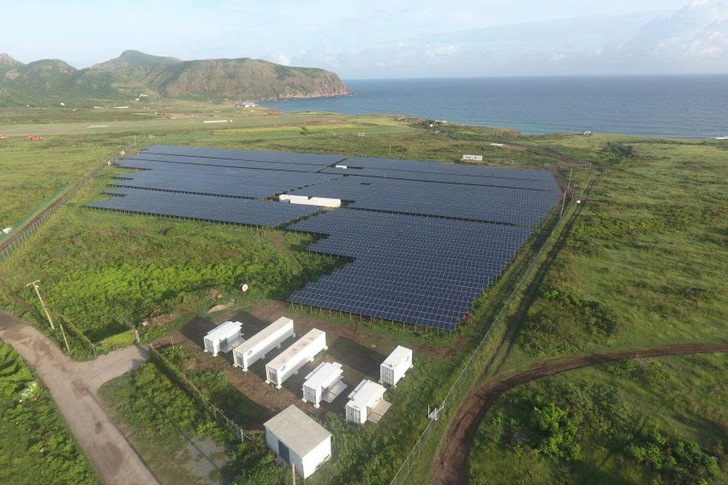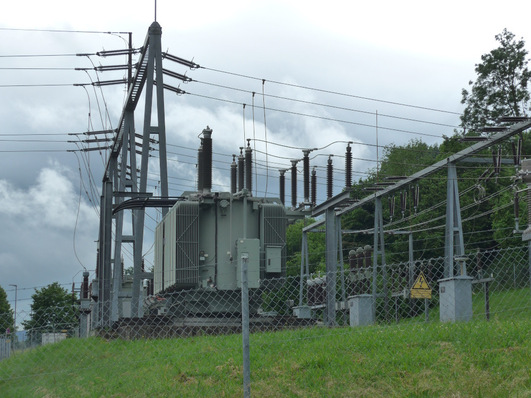A successful energy transition thus requires far-reaching measures that reflect the urgency of the current situation. Investments and comprehensive policy measures on a global level and in all sectors must promote the expansion of renewable energies and bring about structural changes for the energy transition, which is largely based on renewable energies. "Fossil fuel curbs and sectoral policies remain necessary but are not sufficient to manage the transition to a renewable-dominated energy system," says Francesco La Camera, Director General of Irena.
10,000 gigawatts needed by 2030
The preview of the World Energy Transitions Outlook 2023 shows that the scope of current efforts clearly misses the roadmap. According to the report, progress has been made mainly in the power sector, where renewables account for 40 per cent of global installed output and contribute to a record 83 per cent of global electricity growth in 2022. However, in order to maintain the 1.5 degree target, the expansion must increase from the current 3,000 gigawatts to more than 10,000 gigawatts in 2030, which corresponds to an annual average of 1,000 gigawatts. The expansion is also limited to certain regions of the world. In 2022, China, the European Union and the US accounted for two-thirds of the total increase, while developing countries lagged even further behind.
See also: SolarPower Europe Director nominated as new Chair of Global Solar Council
The report outlines three priority pillars of the energy transition: physical infrastructure, policy and regulatory requirements, and a skilled workforce. All require significant investment and new ways of working together, La Camera stresses. He warns that lack of progress will further increase the need for investment.
Hardly any money is flowing to Africa
Although investment in the energy transition reached a record $1.3 trillion in 2022, annual investment must more than quadruple to exceed $5 trillion. By 2030, cumulative investments must rise to 44 trillion US dollars. Eighty per cent or 35 trillion US dollars will flow into the energy transition, with the focus more precisely on efficiency, electrification, grid expansion and flexibility.
Also interesting: Call for faster permitting and robust investment signals
Another problem: In 2022, only 85 per cent of global investments in renewable energies benefited less than half of the world's population. In 2022, Africa accounted for only one per cent of green energy expansion. La Camera calls for: "Multilateral financial institutions should provide more funding on better terms for projects benefiting the energy transition and build the necessary physical infrastructure for a new energy system." (nhp/mfo)









